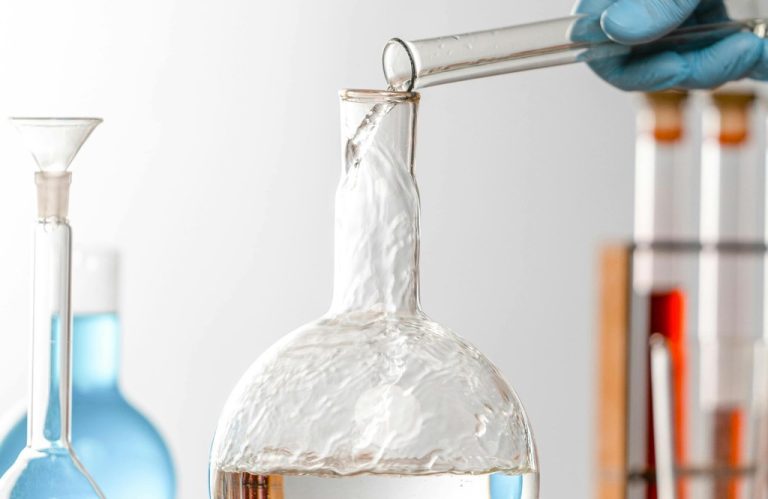Dry cleaning offers a powerful solution for keeping delicate fabrics in top condition. Understanding how does dry cleaning work can help you maintain your garments without damage. Unlike traditional washing, this process uses special solvents to remove stains and dirt while preserving fabric quality.
The process involves pre-treatment, solvent immersion, and expert finishing to restore clothes to a pristine state. Whether it’s silk, wool, or tailored suits, dry cleaning ensures longevity and a fresh appearance.
If you’ve ever wondered how do the dry cleaners work, knowing the steps involved can make a difference in garment care. With the right approach, dry cleaning keeps your wardrobe looking flawless and well-maintained for years.
What Is Dry Cleaning?
Dry cleaning is a specialised cleaning method that uses chemical solvents instead of water, making it ideal for delicate fabrics. Understanding how does dry cleaning work helps in preserving garments that may shrink or get damaged in water-based washing. This process ensures effective stain removal while maintaining fabric integrity.
How Does Dry Cleaning Work?
To understand how does dry cleaning work, it’s important to note the process involves pre-treating stains, cleaning with chemical solvents, and post-cleaning care. Garments are inspected, tagged, and placed in a dry cleaning machine where solvents remove dirt and stains without water. This method helps maintain fabric quality while extending garment lifespan.
a. Pre-Treatment
Pre-treatment is a crucial step in how does dry cleaning work, as it targets stains before the main cleaning process. Garments undergo inspection to identify stubborn stains like oil or grease, which require specific solvent-based treatments. Effective pre-treatment ensures better stain removal and keeps fabrics looking fresh after dry cleaning.
b. Cleaning Process
The main cleaning phase in how does dry cleaning work involves placing garments in a machine that uses chemical solvents to dissolve stains. Unlike traditional washing, this method protects delicate materials like silk and wool. Eco-friendly solvent options are also available, ensuring both fabric safety and environmental responsibility.
c. Post-Cleaning
Post-cleaning is a final step in how does dry cleaning work, ensuring garments are inspected, pressed, and ready to wear. After cleaning, fabrics are checked for any remaining stains before undergoing professional pressing. This process restores the garment’s original look, preventing wrinkles and maintaining its quality over time.
What Fabrics Can Be Dry Cleaned?
Many delicate fabrics require dry cleaning to avoid damage. Understanding how does dry cleaning work highlights its importance for materials like wool, silk, and some synthetics. These fabrics often shrink or lose shape in water-based washing, making dry cleaning the best choice for maintaining their texture and longevity.
What Are the Benefits of Dry Cleaning?
Dry cleaning offers more than just cleaning—it effectively removes stubborn stains, preserves fabric quality, and extends garment lifespan. By using chemical solvents instead of water, it prevents shrinkage and fading. Understanding how does dry cleaning work highlights why it’s the preferred choice for delicate clothing.
a. Removes Tough Stains
One major advantage of dry cleaning is its ability to remove stubborn stains, especially oil-based ones that water cannot dissolve. Understanding how does dry cleaning work explains why specialised solvents are effective at breaking down grease, ensuring garments look pristine without the risk of fabric damage caused by traditional washing.
b. Gentle on Delicate Fabrics
Dry cleaning is ideal for delicate fabrics like silk and wool, which can shrink or distort in water. Knowing how does dry cleaning work helps in choosing this method to preserve texture and colour. Specialised solvents lift dirt while protecting the fabric’s structure, making it a safe choice for high-end garments.
c. Preserves the Quality of Clothing
By preventing fabric deterioration, dry cleaning maintains a garment’s original look for longer. Understanding how does dry cleaning work reveals how chemical solvents clean without causing wear and tear. This method protects clothing from harsh agitation and fading, ensuring long-lasting elegance for high-quality fabrics.
What Are the Risks of Dry Cleaning?
Although dry cleaning is effective, it comes with risks such as chemical exposure and potential fabric damage. Learning how does dry cleaning work ensures garments are handled correctly and helps minimise issues like discolouration or shrinkage, making it essential to choose a professional service with expertise in fabric care.
a. Chemical Exposure
Dry cleaning uses solvents like perchloroethylene (perc), which can pose health risks if inhaled frequently. Knowing how does dry cleaning work allows for better awareness of safe handling practices. Many cleaners now offer eco-friendly alternatives to reduce chemical exposure while maintaining effective stain removal.
b. Damage to Clothing
Improper dry cleaning can cause shrinkage, fading, or even tears, especially for delicate fabrics. Understanding how does dry cleaning work ensures garments receive proper care. Professional cleaners inspect fabric types and use appropriate solvents, preventing common damage associated with incorrect cleaning methods.
How to Choose a Dry Cleaner?
Selecting the right dry cleaner ensures proper garment care. Knowing how does dry cleaning work helps in evaluating service quality, reputation, and pricing. Factors like customer reviews, fabric expertise, and eco-friendly cleaning options should be considered when choosing a trusted dry cleaning provider.
a. Reputation and Reviews
A dry cleaner’s reputation is crucial for quality assurance. Checking online reviews and understanding how does dry cleaning work helps in identifying reliable services. Look for positive feedback on stain removal, fabric handling, and turnaround time to ensure your garments receive the best possible care.
b. Services Offered
Not all dry cleaners provide the same level of care. Learning how does dry cleaning work helps in assessing services like delicate fabric treatments, stain removal, and eco-friendly cleaning options. Opting for a cleaner with expertise in handling various materials ensures your garments remain in excellent condition.
c. Cost and Turnaround Time
Dry cleaning costs vary based on fabric type and service complexity. Knowing how does dry cleaning work aids in budgeting and setting expectations. Prices for standard items are lower, while delicate garments cost more. Turnaround times also range from same-day service to several days, depending on the cleaner.
Understanding how does dry cleaning work highlights its effectiveness in preserving delicate fabrics while removing stains and odours. The process uses specialised solvents that clean without damaging fibres, ensuring clothes stay fresh and last longer.
While dry cleaning is convenient, achieving the best results requires professional expertise and proper equipment. Rather than struggling with stubborn stains or risking damage to your garments, trust TEKA Cleaning for expert care. Our professional cleaning services go beyond dry cleaning—we offer residential cleaning, commercial cleaning, end of tenancy cleaning, carpet cleaning, and more.
For a thorough, hassle-free clean, call TEKA Cleaning today at 01223 751 544. Ensure your home, office, and wardrobe stay spotless with our tailored cleaning solutions!
Read also:











